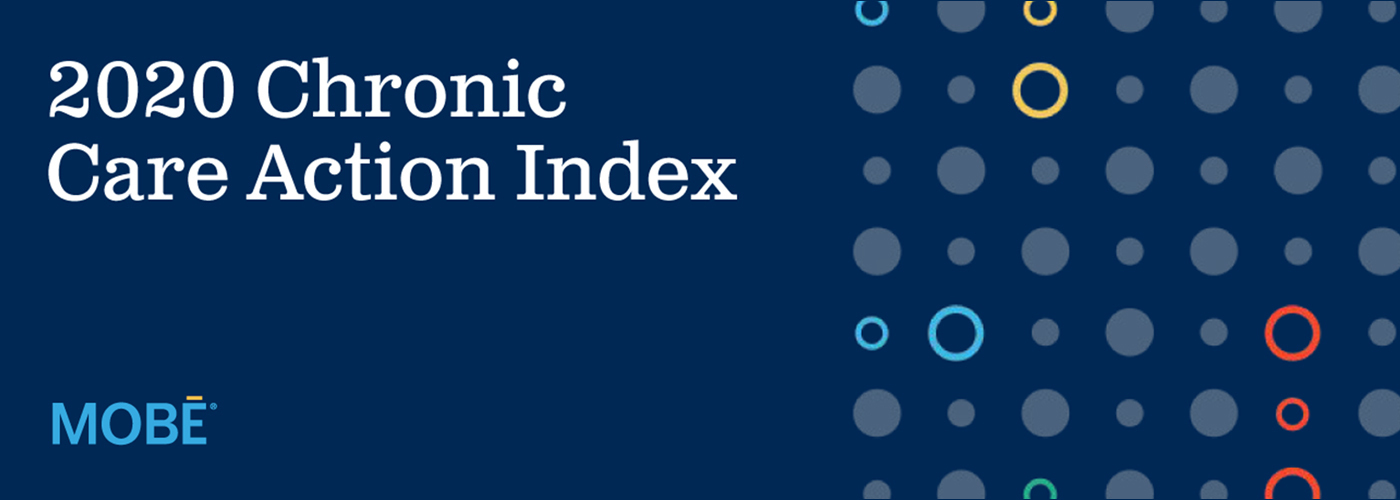
For years, the health system has grappled with a daunting challenge: how to effectively identify, engage, and support people struggling to achieve their health goals, so that they can live happier lives. For some people, the culprit is a matter of access—but for others, they’re accessing healthcare at a high rate, seeing doctors and specialists one or more times a month, and still not making progress.
So, why aren’t they getting better? And how can we engage them to move them on the path to optimal health outcomes?
New research suggests that there’s a disconnect between the conversations taking place during doctor’s appointments and the support people need to make health-related changes in their daily lives—and this is especially true for people with complex, chronic health concerns.
The 2020 Chronic Care Action Index shines a light on the barriers people face when it comes to reaching the health goals that people set out to pursue with the support of their doctors and care teams. The Index surveyed 2,000+ consumers and 200+ healthcare professionals across the U.S. to build a roadmap to what can help people get happier and healthier.
The overwhelming majority of people with multiple chronic conditions (76%) reported that their health hadn’t improved in the past year. Yet, health care professionals reported seeing patients with chronic health concerns at least bi-monthly. That’s a red flag that a piece of the puzzle is missing. Technology holds great potential to help us connect more frequently, far beyond the four walls of the clinic. But, even as telehealth cements its role in mainstream care, survey findings told us that it was already the new normal for people with chronic conditions—51% of people with multiple chronic conditions had used telehealth services in the past year, compared to 23% of those with none. Virtual healthcare alone will not solve this problem.
Digging deeper past experiences and perceptions, we asked people about barriers to implementing their doctor’s guidance at home. More than half (53%) of all respondents didn’t feel additional steps to improve their health (i.e., diet, exercise, sleep habits) were easy to understand after talking with their doctor. Providers and policymakers frequently raise concern for cost as a barrier—and rightfully so—and indeed, 26% of consumers cited cost as a barrier to following their doctor’s guidance. However, strikingly, nearly 38% of people with multiple chronic conditions reported that motivation was actually the biggest barrier to their health.
When reflecting on new health obstacles posed during the coronavirus pandemic, consumers cited mental health and sleep issues the most. For people with multiple chronic conditions, these concerns were significantly heightened. Yet, they aren’t regularly discussed with doctors—when asked which topics they discuss most frequently with their patients, sleep (33%), and mental health (37%) were among the topics health care providers called out discussing the least.
These findings are pieces to a puzzle—and that puzzle is the roadmap to improved health outcomes that I mentioned earlier. These are the three main findings that we must act upon to create meaningful and lasting changes:
The data show us that there’s a need and a demand for personalized, holistic health guidance to support medical care — and people are eager to get the health guidance they need. Armed with this knowledge, it’s time to take action. The details of how we make it happen are up to us.
To read more about the 2020 Chronic Care Action Index, click here.